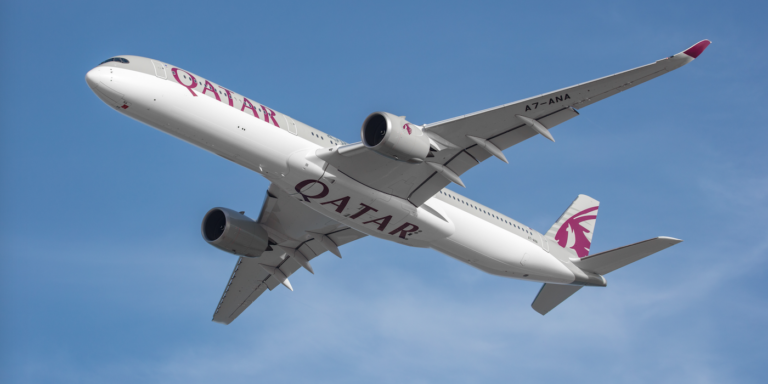In the battle to be the pre-eminent travel hub in the Middle East, the latest fight booking data and research from ForwardKeys reveals that in the first half of 2021, Hamad International Airport in Doha, Qatar seized and consolidated a lead over Dubai International Airport. In the period 1st January to 30th June, the volume of air tickets issued for travel via Doha was 18% higher than it was through Dubai; and that relationship looks set to continue. Current bookings for the second half of the year through Doha are 17% higher than through Dubai.
At the start of the year, air traffic through Doha was at 77% of Dubai, but it quickly reached 100% for the first time during the week commencing 27th January.
The major factor driving the trend was the lifting, in January, of the blockade of flights to and from Qatar, which was imposed in June 2017 by Bahrain, Egypt, Saudi Arabia and the UAE, all of which accused Qatar of sponsoring terrorism – an accusation strongly denied by Qatar. When the blockade was imposed, it had an immediate negative impact on flights to and from Doha. For example, Qatar Airways was forced to drop 18 destinations from its network. In addition, various flights through Doha suffered extended journey times, as planes had to make detours to avoid the blockading counties’ air space. The destination and its major carrier, Qatar Airways, did not respond to the blockade by cutting back; instead it opened 24 new routes to utilise what would otherwise have been idle aircraft.
Since January 2021, five routes to/from Doha – Cairo, Dammam, Dubai, Jeddah and Riyadh – have reopened, and traffic on other routes has grown. The reinstated routes that have made the most substantial relative contribution to visitor arrivals are Dammam to Doha, reaching 30% of pre-blockade arrivals in the first half of 2017; and Dubai to Doha, reaching 21%. In addition, new connections with Seattle, San Francisco and Abidjan were established in December 2020, January 2021 and June 2021, respectively.
The major existing routes which have shown the strongest growth compared to pre-pandemic levels (H1 2021 vs H1 2019), by total number of passenger arriving in Qatar, are: Sao Paulo, up 137%; Kiev, up by 53%; Dhaka, up 29%; and Stockholm, up 6.7%. There have also been notable increases in seat capacity between Doha and Johannesburg, up 25%; Male, up 21%; and Lahore, up 19%.
A deeper analysis of seat capacity shows that in the coming quarter, Q3 2021, seat capacity between Doha and its neighbours in the Middle East will be only 5.6% less than pre-pandemic levels and the majority of it (51.7%) is allocated to reinstated routes to/from Egypt, Saudi Arabia and the UAE.
The last major factor has been Qatar’s response to the pandemic, which has given it an edge over Dubai. During the height of the Covid-19 crisis, many routes in and out of Doha remained operational, with the result that Doha became a major hub for repatriation flights – most notably to Johannesburg and Montreal.
A comparison of market share during the first half of 2021, against the first half of 2019, reveals that Doha has substantially improved its position against Dubai and Abu Dhabi. Currently, hub traffic is divided 33% Doha, 30% Dubai and 9% Abu Dhabi; previously, it was 21% Doha, 44% Dubai and 13% Abu Dhabi.
Without the blockade, which encouraged the establishment of new routes as a strategy to replace lost traffic, perhaps we would not have seen Doha charging past Dubai. So it seems that the seeds of Doha’s relative success were, ironically, sown by the adverse actions of its neighbours. However, one needs to bear in mind that flights through the Middle East during H1 2021 were still 81% below pre-pandemic levels. So, as the recovery gathers pace, the picture could change significantly.”





